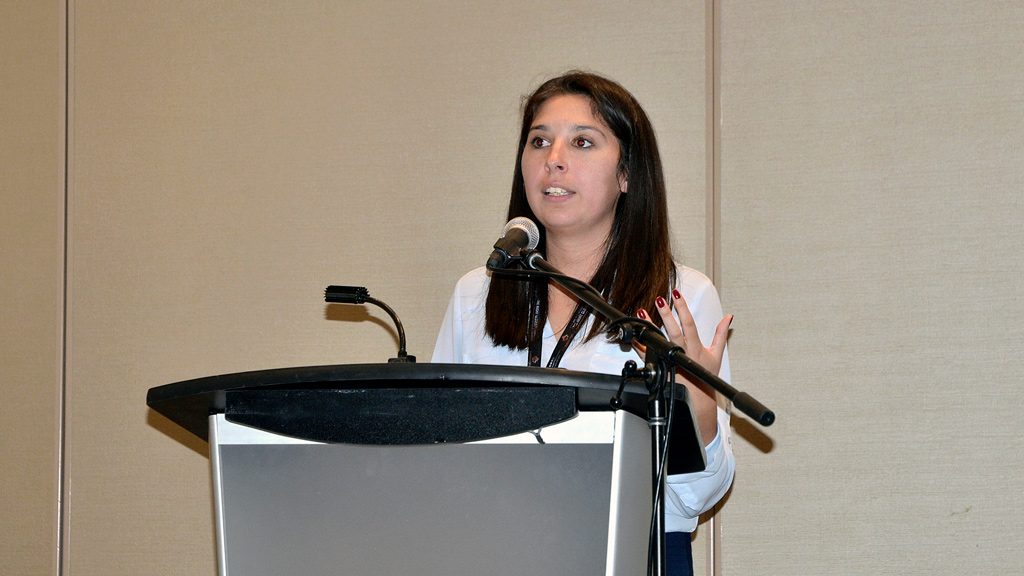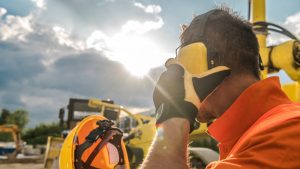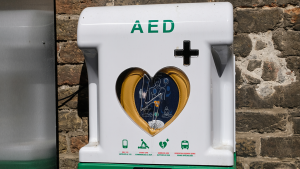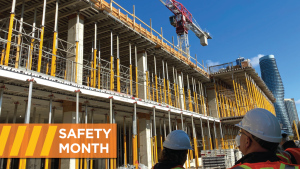Health and safety conference attendees were recently given tips for mitigating hearing loss and injuries associated with the use of compressed air, one of the biggest noise generators in the industry.
In her talk, Reducing Noise Exposure in Use of Compressed Air, Daniela Kurczynski, business development manager, Silvent North America, discussed the difference between using an open pipe and air nozzle technology. The presentation was part of the Partners in Prevention health and safety conference and trade show held recently in Mississauga, Ont.
Noise and high sound levels in a working environment can cause hearing loss and tinnitus. According to the Silvent website, noise affects people in three different ways: it can be psychologically exhausting and distracting; it can mask other sounds; and it can increase blood pressure, change breathing rhythm and change gastric acid production which will negatively impact blood circulation, sleep and digestion which leads to headaches, sickness and physical and psychological tiredness.
Between 2006 and 2015, almost 30,000 people in Ontario had an allowed noise induced hearing loss (NIHL) claim, states the Workplace Safety and Insurance Board (WSIB). This accounted for about 23 per cent of all allowed occupational disease claims. Thirty-seven per cent of its claims came from the construction and manufacturing industries between 2012 and 2017.
In 2017 the WSIB launched its toneitdown.ca campaign to help workers keep safety precautions top of mind when it comes to their hearing. Prolonged exposure to noise over 85 decibels (dBA) can cause damage to your hearing over time, reports the WSIB. As well, 10 per cent the WSIB’s annual health care budget is spent on its NIHL program.
When it comes to tinnitus, according to various Canadian safety and construction associations, it can be a clicking, hissing, buzzing or roaring noise in the ear, either continuous or sporadic, loud or soft. Often diagnosis doesn’t happen until a long time after exposure but with hearing-related injuries it’s a lifetime injury. In Saskatchewan, Workers’ Compensation accepted 150 claims in 2015 for hearing problems related to exposure to noise over time. It is unknown how many of those claims will develop into tinnitus because tinnitus isn’t documented. And like hearing or vision loss, it’s generally accepted that as one gets older, such conditions are normal.
WorkSafeBC’s list of occupations where noise exposure over an eight-hour shift averaged 85 decibels or more is heavy on construction jobs with carpenters, framers, labourers, concrete workers, crane operators, drywallers, electricians, ironworkers, jackhammer operators, mobile equipment operators and roofers all coming in at decibel levels between 88 to 97. Truck drivers and welders are the remaining occupations in the 85-plus dBA level.
Besides safety precautions, technological advances, such as those presented by Kurczynski, can make a difference, say experts. For instance, Kurczynski said compared to blowing air with an open pipe, her company’s technology, air nozzles to replace open pipes, can lower the sound level by 50 per cent, reduce air consumption (energy) by at least 35 per cent and improve safety by minimizing the risk of occupational accidents while maintaining the blow force needed for operations.
“The engineering inside the nozzle helps to create a flow so it’s more focused on where you need it,” said Kurczynski. “The air is not expanding at a rapid rate as it does from an open pipe because there is no direction to it. The air is now concentrated more to where you need it so it’s not creating that turbulence where you get a lot of the noise from.”
Furthermore, open pipes are over dimensioned which means that if you are using it on a product that is one inch by one inch, the air being used is covering a two inch by two inch area, said Kurczynski.
— with files from Peter Caulfield









Recent Comments
comments for this post are closed